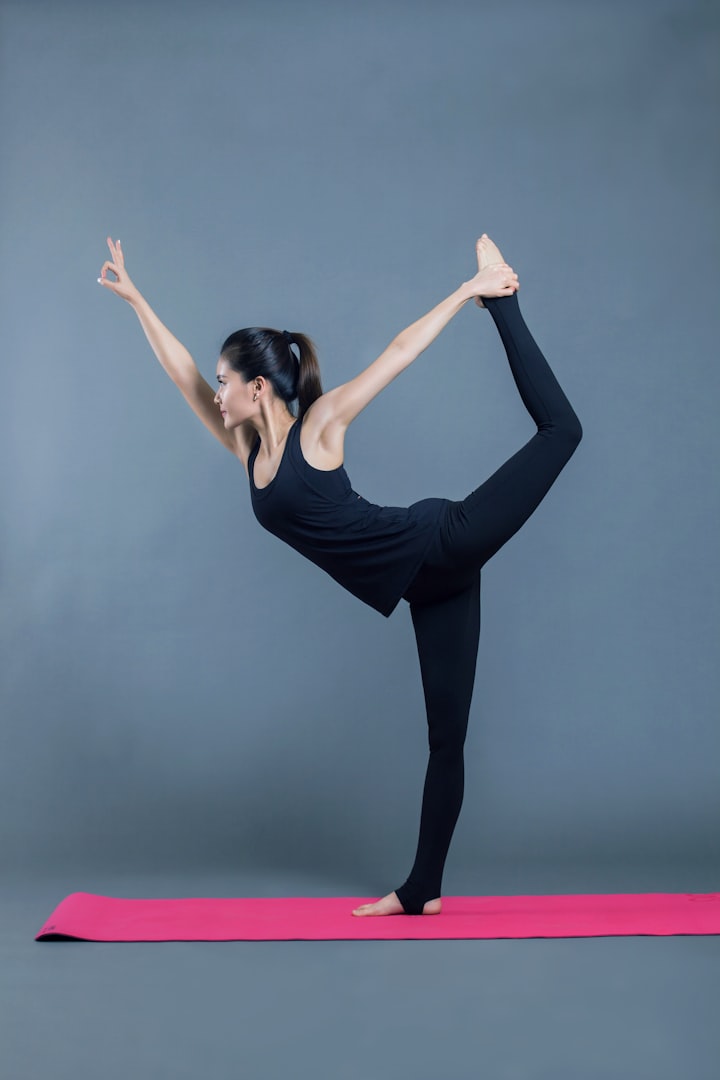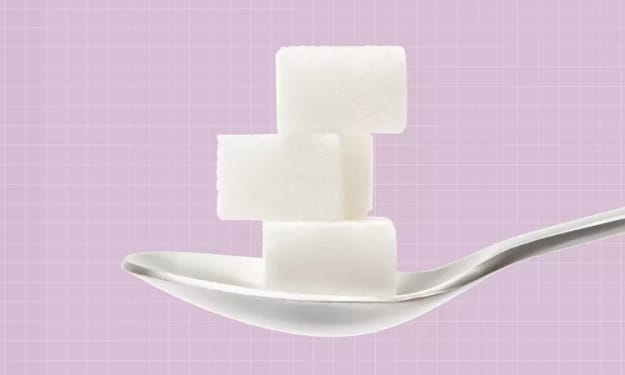The Amazing Science Behind Pilates
Why you should give it a try. I did, and fell for it.
In a world of the constant fight for our attention, where we are glued to our phones, bent over our desks, or stretched on the couch in front of the TV, working on strengthening our core is the key to improving posture, confidence, and overall strength.
There are many avenues through which you can achieve the above-mentioned benefits. However, let me tell you about my way.
I have obviously heard about Pilates a long time ago, occasionally have given it a try. However, I have never fully dedicated my time and mind to embrace it fully. Until last spring, I have decided to switch from yoga to Pilates and sometimes combine both.
What Pilates is all about.
Exercises are designed to increase muscle strength and endurance, as well as improve flexibility, posture, and balance.
Joseph Pilates created the method in the 1920s as a way to rehabilitate bedridden soldiers during World War I. Nevertheless, the first Pilates clients were ballet dancers wanting to improve their posture and control their movements.
The basis of Pilates lies in controlling our core actions. A firm midpoint implies a strong back, which leads to fewer injuries.
Although its main focus is on the core, your arms and legs will also benefit from it. Oh, yes! As we strengthen our core, our posture improves as a result. Joseph used to say:
You're only as young as your spine is flexible.
Bodyweight is the main resistance that is used throughout the series of Pilates mat exercises. It's gentle while also challenging. The simple act of "pulling in" the lower abdomen has a multitude of consequences.
Let's get to the core.
Benefits of Pilates:
It's not just about strength, but stability and mobility. Pilates improves core strength by developing stronger abdominal muscles. Plus:
- builds body awareness through repetitive exercises targeted at specific parts of your body,
- improves posture and balance,
- builds optimal health and helps you to move more efficiently,
- decreases back pain,
- by strengthening your muscles, it decreases the chance of injury. Pilates balances the muscles of the body so that they are neither loose and weak nor tight and rigid,
- similar to yoga, it enhances mind and body connection that helps to regulate your nervous system through focusing on your breath, calming down your body, lowering cortisol and decreasing stress over time,
- improves cardiorespiratory capacity,
- stimulates endorphins, oxygen flow, and blood circulation,
- reduces chronic neck pain,
- research by Porterfield and DeRosa has suggested that proper breathing techniques during exercise aid in stabilizing the lower back pain,
- improves blood flow, specifically to the pelvic floor muscles,
- increases your metabolism,
- elongates and strengthens muscles, improving their elasticity and joint mobility,
- new research in the American Journal of Hypertension states that Pilates mat workouts are an effective way to improve heart health,
- banish bloating and boost digestion.
It helps with period pain.
Since I have started exercising regularly, my cramps and premenstrual syndromes have diminished significantly. Strengthening of the abdominal might have created the result.
Research has suggested that Pilates can help reduce menstrual pain. Exercise overall improves your concentration, helps you relax and increase your serotonin levels. Physical activity is the most important factor in reducing PMS syndromes.
During menstruation, exercising is not the most daunting and uncomfortable aspect. It is the sole fact of showing up to the mat that seems off-putting.
On days when I feel lower levels of energy, I practice yoga and tons of breathing exercises. Pilates-based breathing, whether to your belly or ribs, helps reduce the hormonal effects of stress on our period. Breath is your best friend and a tool right under your nose. Whenever I feel stronger, I combine yoga and Pilates as well. They never exclude themselves, but rather serve as complementary practices.
Pilates brings strength. Yoga offers tranquillity. The two together catalyse a physical sense of stability and strength. The breathwork in yoga is used for relaxation, while the breathwork in Pilates is used to energize the muscles.
Mindfulness on the mat.
As you concentrate on breathing and correct posture throughout exercise, you also become more in tune with your body.
By learning how to control the movement, you develop self-awareness. Instead of rushing to the next task, absent-mindedly following instructions or getting lost in thoughts, you become present on the mat.
Here, quality is more important than the number of repetitions and speed of movements. Pilates does not stand for "the faster, the better". It is awareness of every movement that enhances your performance.
It suits various ages.
The research concludes that Pilates exercise training should be considered as a method of improving the quality of life in older adults, due to improved physical fitness, mood states, and fall prevention.
It suits various tastes.
What I appreciate about Pilates is that it suits my best days and worst days. There are many variants to each exercise, and you can compliment them to follow your mood, strength and motivation of a specific day.
It suits various surroundings.
No equipment is necessary. You can practise it everywhere: at home, in a hotel while you travel, on the beach, no limits.
The bottom line: find what feels good.
For me, Pilates is just flat-out fun! Self-care should be entertaining and guilt-free. Isn't it what any exercise should be about: self-love?
Pro-tip: combine your favourite rush of endorphins with meditation, and you have the recipe for success. Mindfulness is a great tool for alleviating stress.
Vigorous exercise can be one of the biggest stress-enhancer out there. For some people, strenuous workouts can stimulate the mind and body. For others, especially those prone to chronic stress, such intense forms of exercise can actually leave them feeling exhausted and bring about more destruction than benefits. I am not claiming that extreme workouts are inherently evil. I am emphasizing the variety of tastes and the abundance of choices you can make.
Studies show that high-intensity exercise like CrossFit or running causes a temporary rise in cortisol levels. If you happen to feel notably depleted after a workout and find it difficult to regain energy, you might opt for different types of exercises. It is vital to listen to your body. The best recipe is to find movement that brings you joy, not followers. If running makes you miserable, switch to dancing, or try out Pilates if yoga seems too slow-paced for your taste.
Many find it hard to persist with motivation through workout plans. I believe it happens because we fail to listen to our body preferences or energy levels of that day. Instead of mindlessly following hot trends in the fitness world, we should aim at goals that complement our taste in movement.
About the Creator
Katarzyna Portka
Mindset coach. Writer. Reader. Coffee enthusiast. Tolkien’s fan living in Harry Potter’s world.







Comments
There are no comments for this story
Be the first to respond and start the conversation.